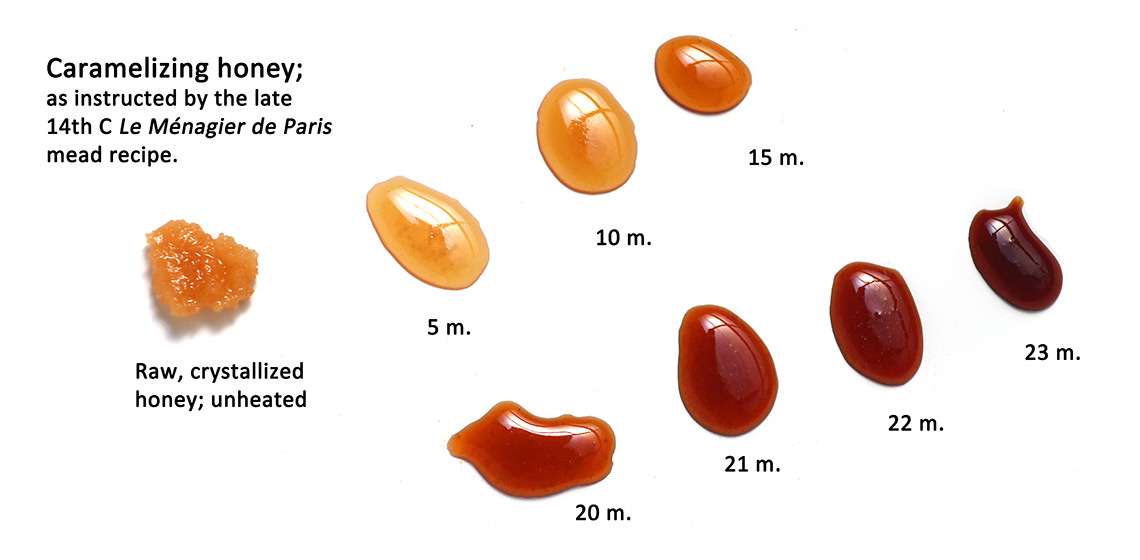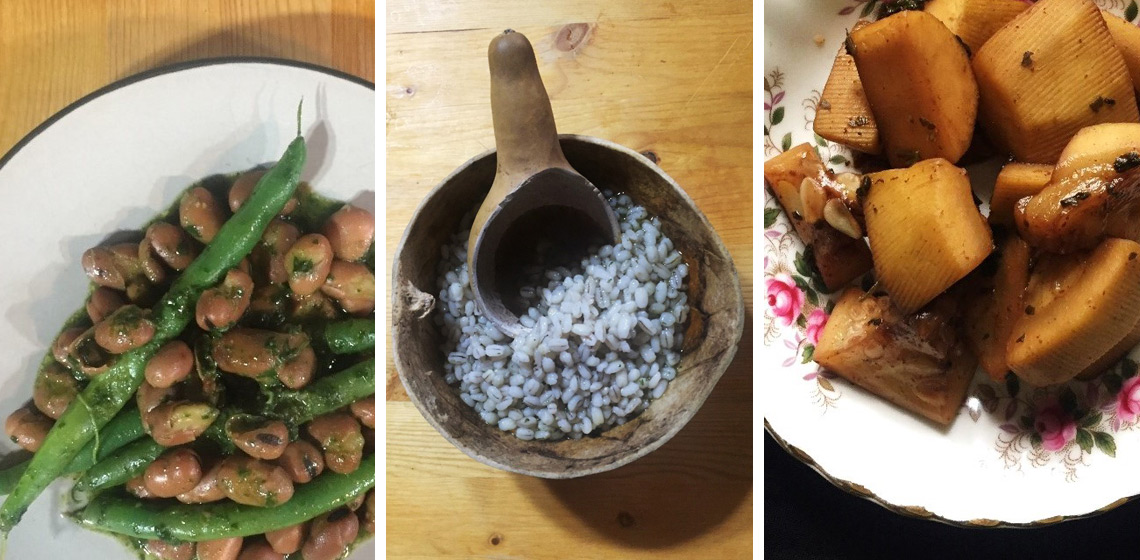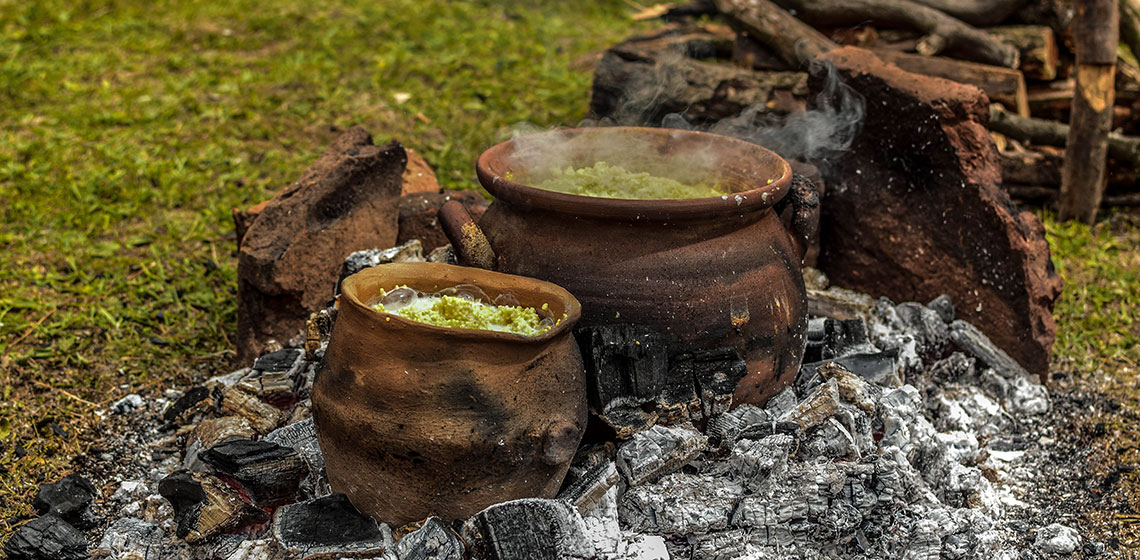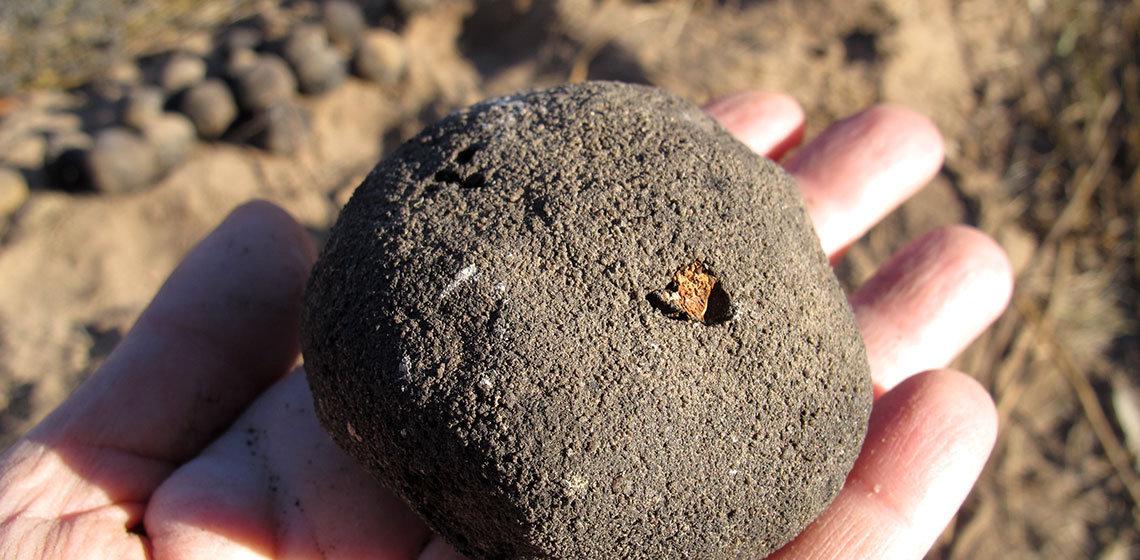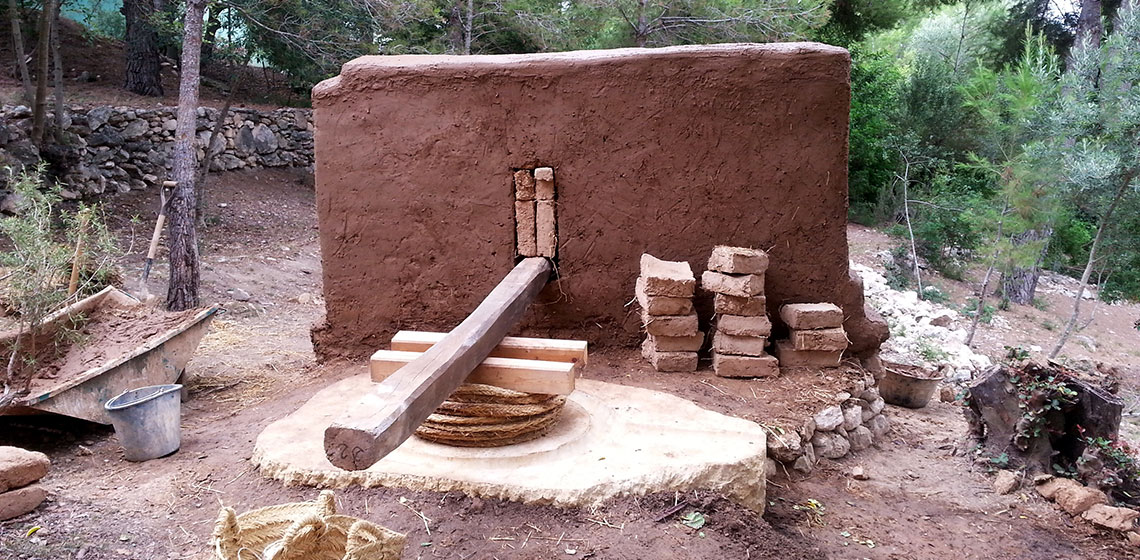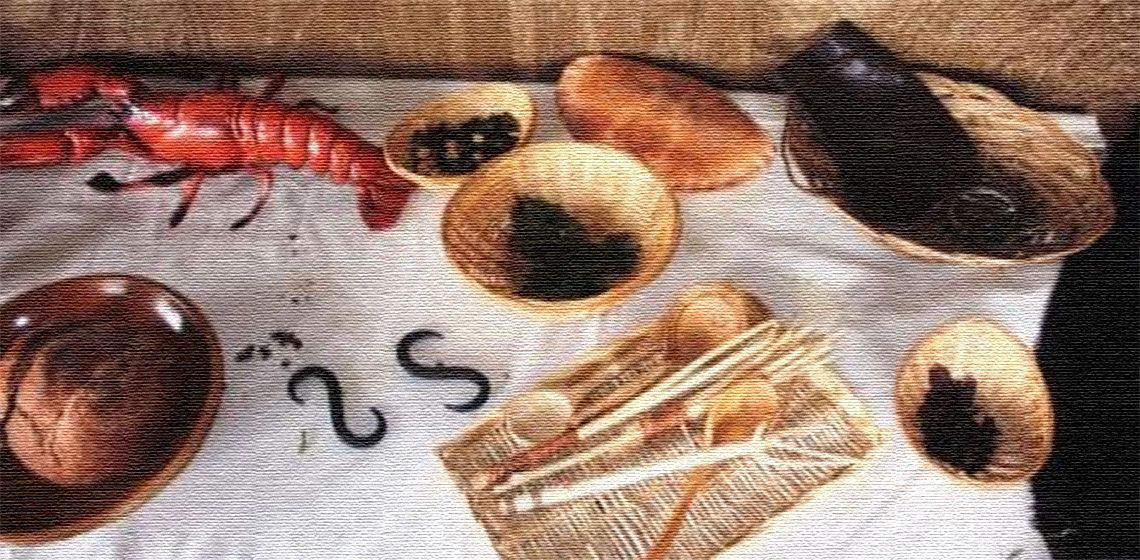food
The Vertical Olive Crushing Mill as a Machine and its Energy Balance - A Preliminary Approach
Bottle Gourd as an Implement for the Poor in Roman Italy
Diet of the Poor in Roman Italy: An Exploration of Wild and Cultivated Plants as an Essential Dietary Component
Columella’s Wine: a Roman Enology Experiment
Introduction
Anus iacere vidit epotam amphoram, Adhuc Falerna faece ex testa nobili Odorem quae iucundum late spargeret. Huncpostquamtotisavidatraxitnaribus: «O suavis anima. quale te dicambonum Antehacfuisse, tales cum sintreliquiae?» Hoc quo pertineat, dicet qui me noverit.
Rubobostes' Feast
Re-Creating an Aboriginal Earth Oven with Clayey Heating Elements: Experimental Archaeology and Paleodietary Implications
Food
Anything eaten in a solid form eg meat, bread, vegetables to provide nourishment and energy.
Making Wine like Iberians: a Learning Experience with the International Workcamp at La Ciutadella Ibèrica of Calafell
The international workcamp in Calafell
The workcamps in Calafell are coordinated by the Fundació Pere Tarrés, a non-profit organisation of social action devoted to the promotion of leisure education and volunteering among other objectives, and the municipality of Calafell is one of the organisations that support these workcamps. So far La Ciutadella Ibèrica has held three of these projects (2010, 2012 and 2013) with international volunteers being the core theme of the activity.
